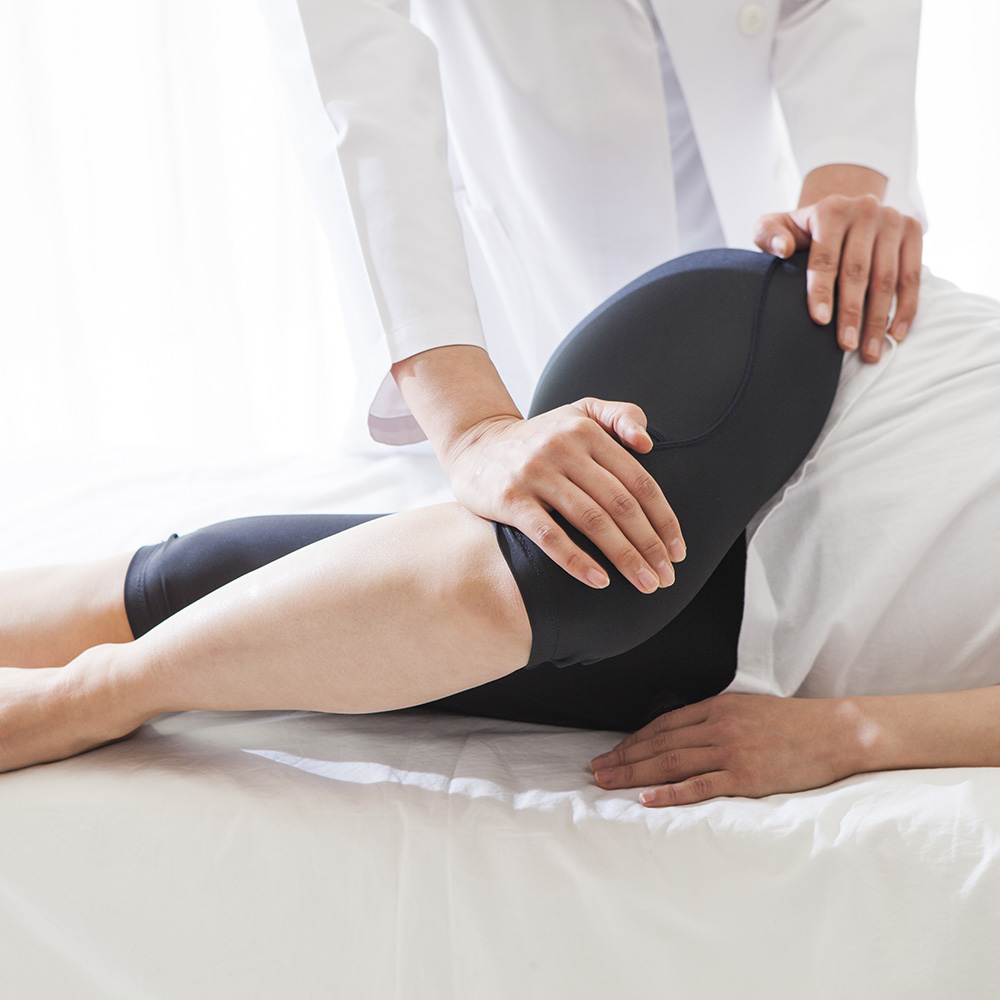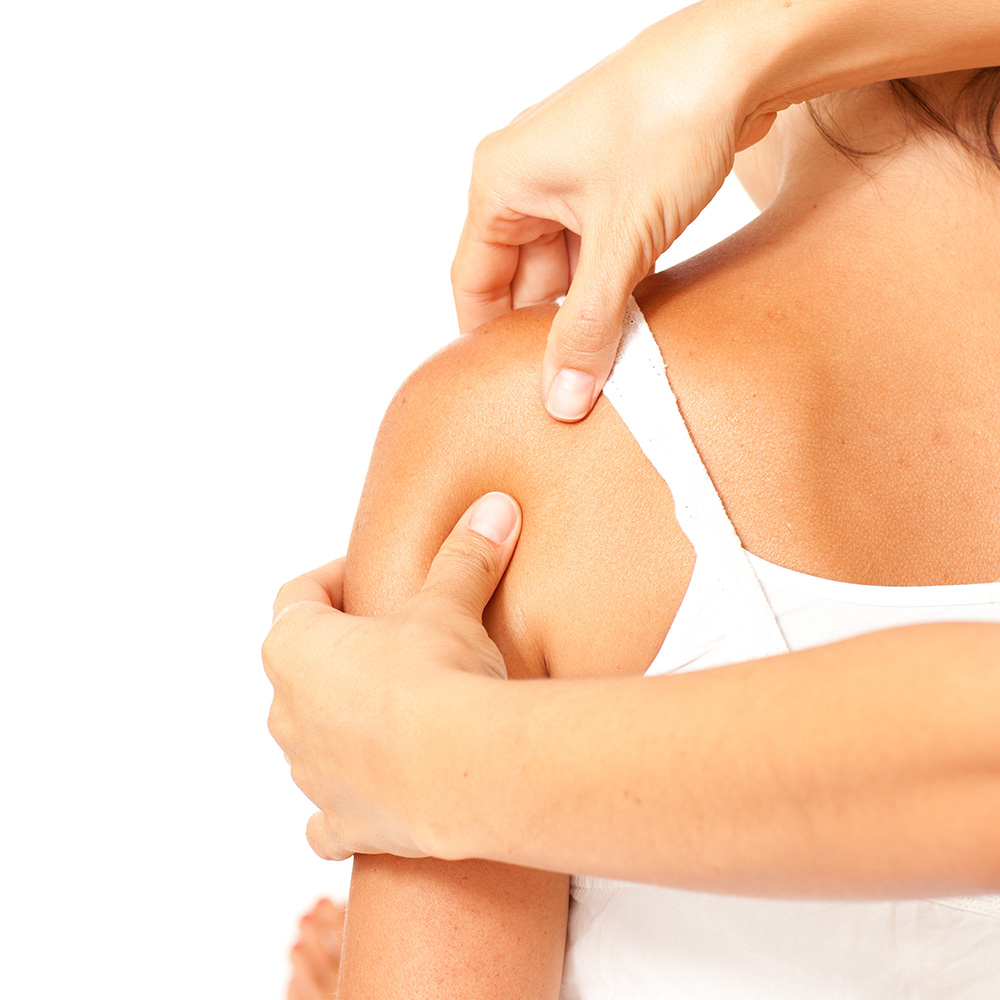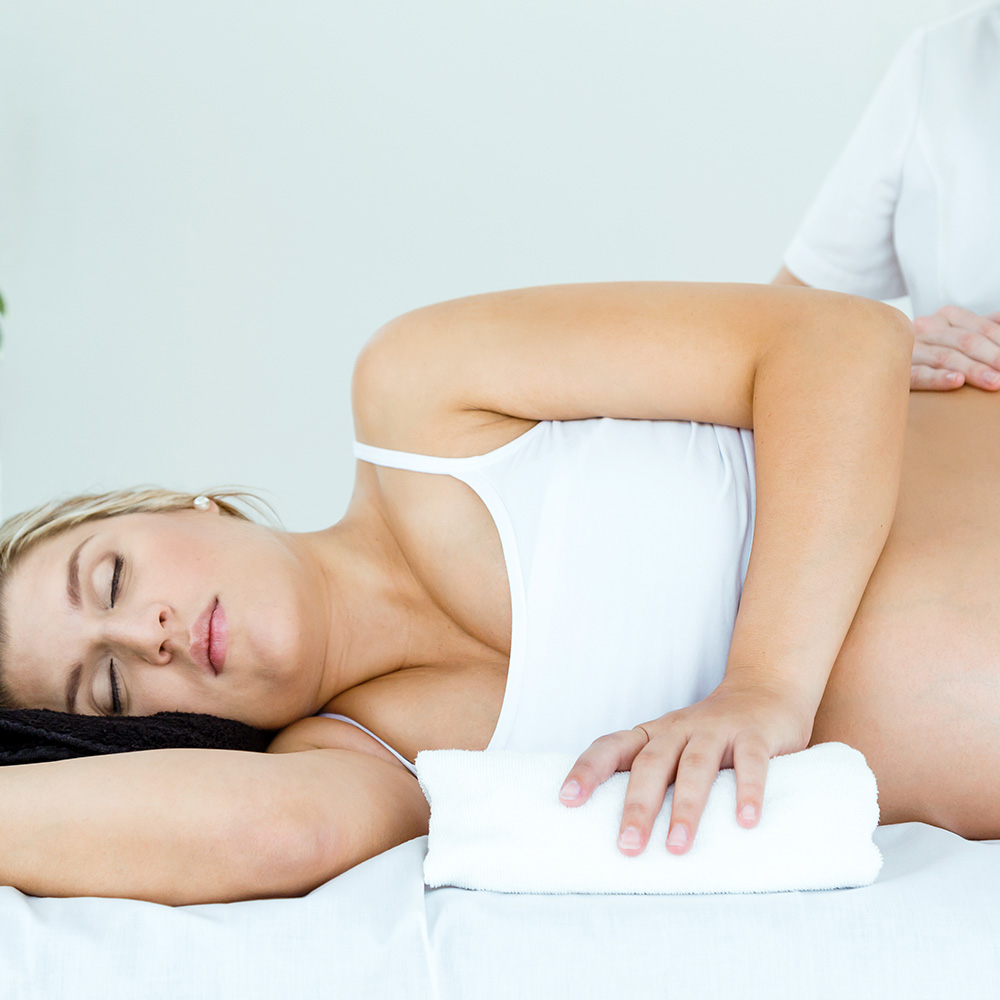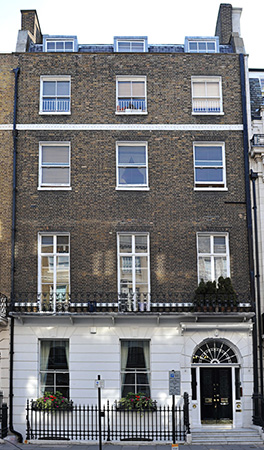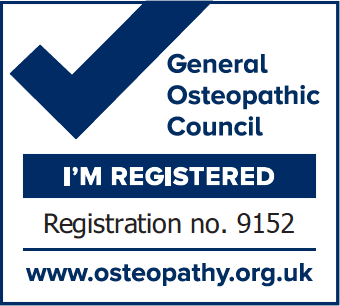Osteopathy
Osteopathy is a hands on manual therapy that treats musculoskeletal conditions such as back pain, neck, hip and joint pain, muscle pain, circulatory problems, arthritis, headaches, digestive problems and sports injuries.
About Osteopathy
Osteopaths look at the person and the body as a whole. Assessing and diagnosing problematic musculoskeletal issues, and developing and delivering a treatment plan to deal with them.
Osteopathy doesn’t just treat the condition, it looks at why the condition occurred in the first place and ways to prevent it from happening again and support health. Techniques and strategies used may include hands on treatment, exercise and occupational advice. Osteopathic values encompass patient centred care with therapeutic partnership and shared decision making where patient goals are interactive and imperative.
Osteopaths screen for health conditions and understand how the musculoskeletal system interacts with other systems.
Osteopaths are trained to look for, assess and refer if necessary for any other suspected medical reasons for the presentation.
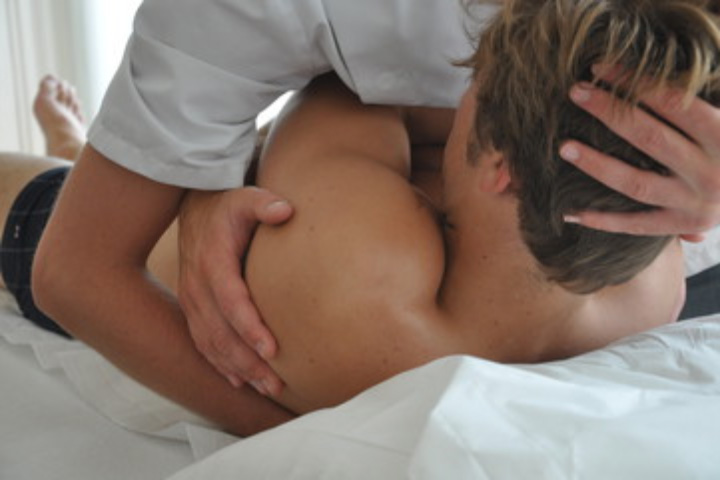 I use a wide range of techniques including Neuromuscular Therapy, Trigger Point Therapy, Lymphatic drainage, joint articulation and mobilisation, Remedial/Sports Massage, Exercise Rehabilitation, postural and breathing re-education, selected and applied in a bespoke manner for each patient.
I use a wide range of techniques including Neuromuscular Therapy, Trigger Point Therapy, Lymphatic drainage, joint articulation and mobilisation, Remedial/Sports Massage, Exercise Rehabilitation, postural and breathing re-education, selected and applied in a bespoke manner for each patient.
I integrate my extensive manual and physical therapy knowledge and experience with osteopathic principles and practice.
"Heather Gibson, an osteopath who has changed the shape of my back.
I spent years having massages for a really bad neck but Heather has cured all that"
Sophie Hulme - Financial Times 'How to Spend It'
Conditions treated
- Joint pains - Joint pains including hip and knee pain from osteoarthritis, Arthritic pain
- Back pain: General, acute & chronic backache, Sciatica, Lumbago
- Neck pain
- Generalised aches and pains, muscle spasms, neuralgia, rheumatic pain
- Minor sports injuries and tensions, tendonitis, ligament sprains, muscle/tendon strains, injury recovery
- Circulatory problems, lymphatic drainage, increase blood flow and therefore improvement of nutrient supply and waste removal
- Cramp - muscle cramps (elderly, sports, general population)
- Digestion problems – IBS - constipation - post surgery adhesions, lymphatic drainage
- Fibromyalgia - myofascial pain syndromes
- Upper limb conditions - shoulder and elbow pain, Frozen shoulder, tennis elbow (lateral epicondylitis)
- Headache / migraine - treatment and prevention
- Inability to relax-stress management, breathing education, release of bodily tension
What happens in a session?
First session: 1 hour
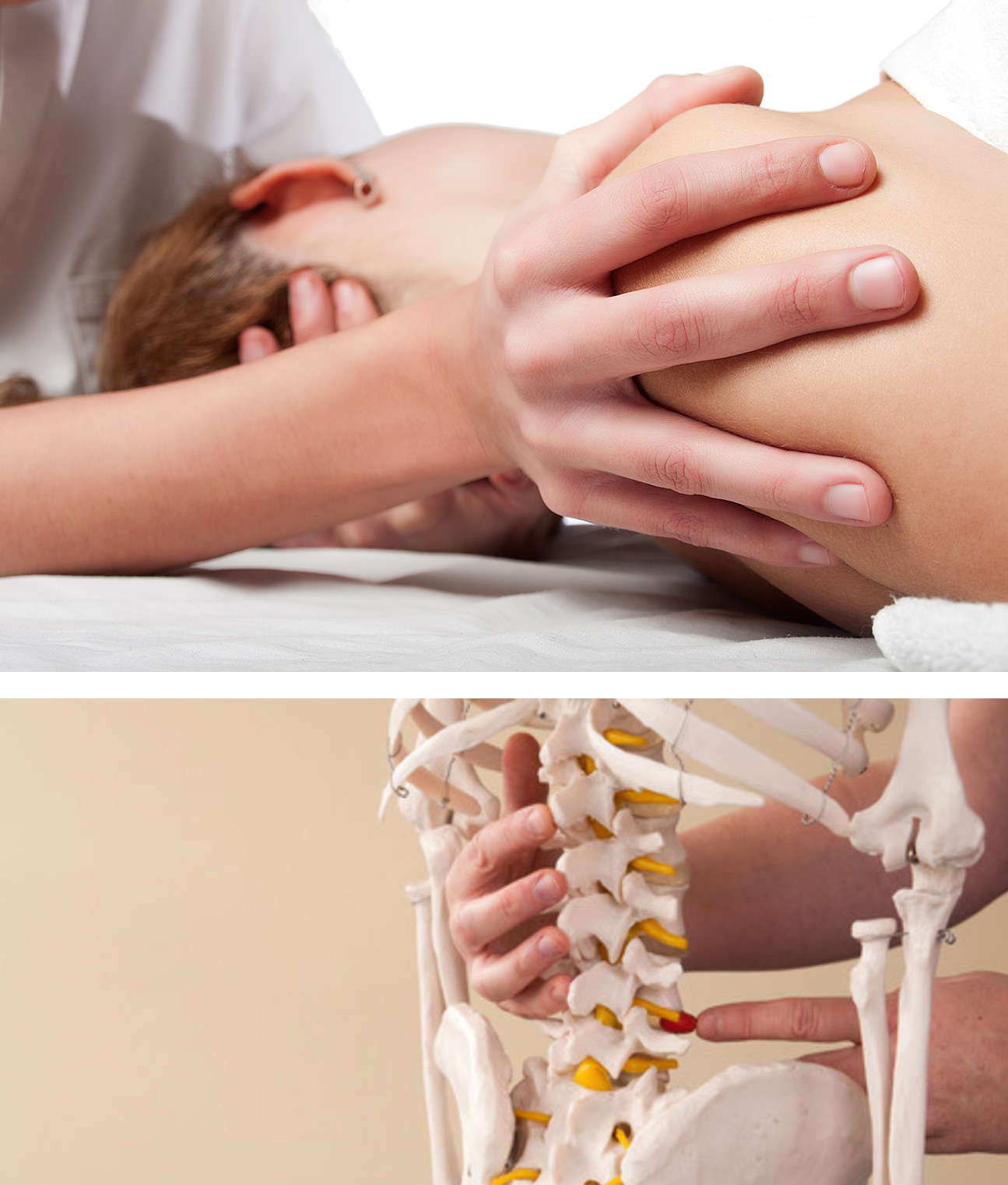 A thorough consultation including exploration of the presenting complaint, current symptoms and medical history. This is followed by a physical examination. Please feel free to bring shorts and a singlet.
A thorough consultation including exploration of the presenting complaint, current symptoms and medical history. This is followed by a physical examination. Please feel free to bring shorts and a singlet.
This is followed up by diagnostic work up, thorough explanation and formulation of a treatment plan and treatment.
Follow up sessions: ½ hour
Checking in and continuation of the treatment plan.
The low down on low back pain: The National Institute for Clinical Excellence recommends that massage and mobilisation work alongside exercise/movement therapy to improve low back pain. Osteopaths are trained in massage/mobilisation and rehabilitative exercise and I have undergone further training in exercise therapy including scientific core and back conditioning. Sometimes back pain can arise when we are fit and healthy, in this case our training program probably needs to be addressed and also the addition of helpful movement patterns into the working day as prolonged sitting at work is responsible for much low back pain. Even a few minutes a day of stretch and exercise can make a difference. I work to plan a program that you will enjoy and fits into your busy modern work and home life.
Low back pain and sciatica in over 16s: assessment and management | Guidance and guidelines | NICE
